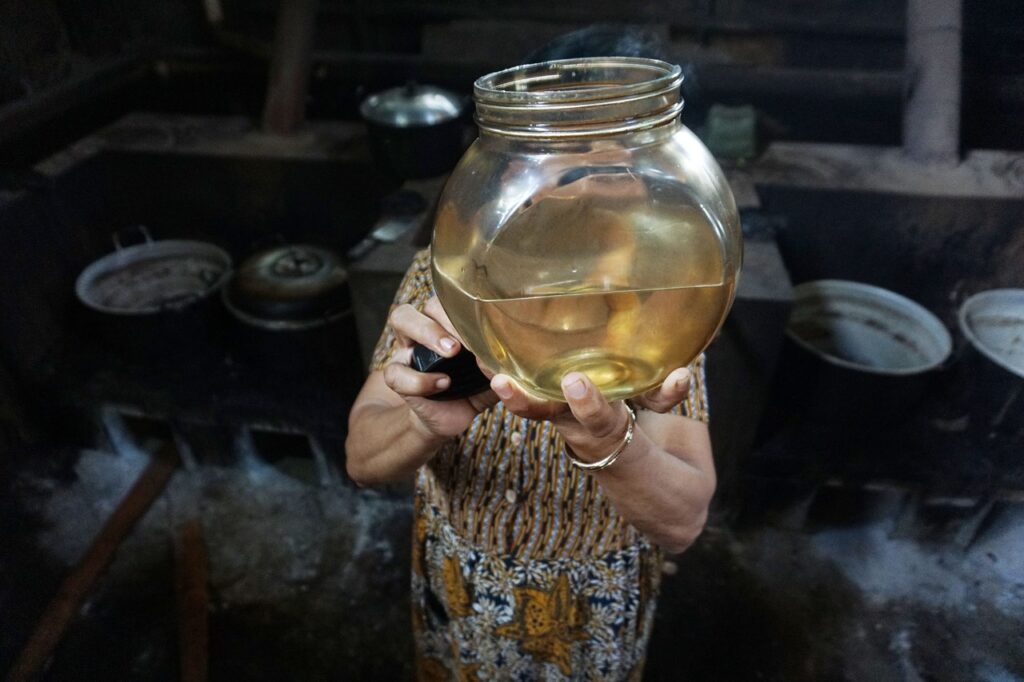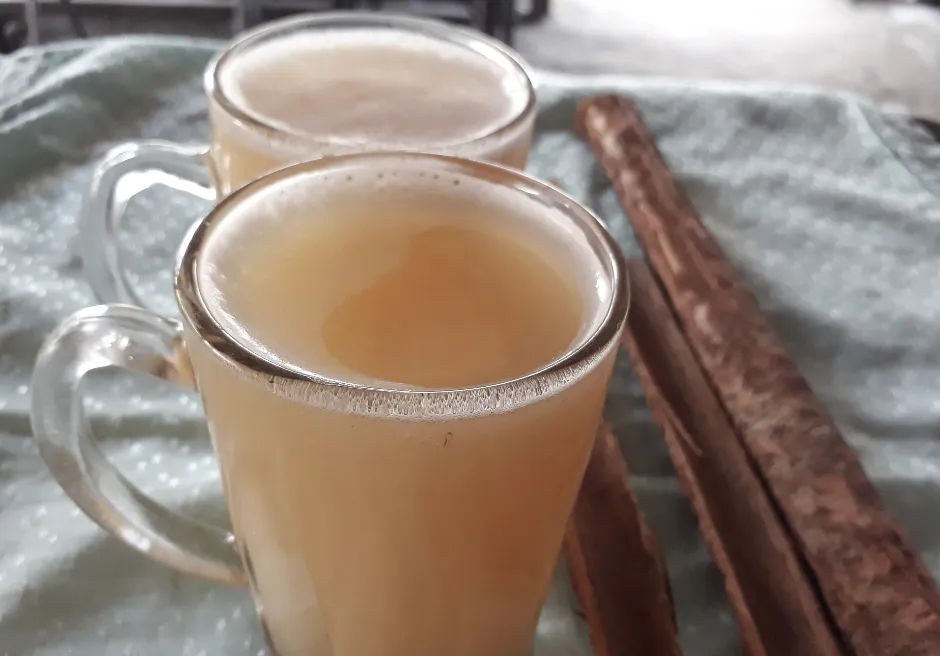As a predominantly Muslim country, Indonesia has a rich cultural heritage when it comes to alcoholic beverages.
It is not only a Western culture, but also an integral part of Indonesian history and culture. Generally, it is produced through the fermentation process of fruits and herbs, which has become a distinctive tradition in various regions of Indonesia.
Interestingly, there are several records that speak of this alcoholic beverage culture. One of them is the Pangumulan inscription (902 AD) in Yogyakarta, which records the use of Tuak in the Tanah Sima ceremony. Then, the Kitab Negarakertagama (1365) records the use of Tuak and arak in the celebration of the Majapahit Kingdom.
With such a diverse cultural background, let's explore some traditional alcoholic beverages from Indonesia:
1. Arak Bali
As the name suggests, this drink comes from Bali, Indonesia. It is made from the sap of palm trees such as lontar, coconut, and aren palm, or others which then undergoes a fermentation process before being distilled. The result is an alcoholic beverage with an alcohol content of 30% to 50%.
Interestingly, Balinese arak is not only drunk in casual settings but also plays an important role in the island's traditional ceremonies. One of the best areas in Bali to enjoy quality arak is Karangasem, which has even managed to export its products to various countries. What makes Balinese arak so special is the traditional way of making it, with no other chemicals mixed in, so side effects like headaches are rare.
2. Ciu
Ciu, a traditional Javanese drink, originated in Central Java, specifically in the areas of Sumpiuh village, Banyumas, and Cikakak Ajibarang. Although only distilled once, ciu has a very high alcohol content, ranging from 25% to 70%. Its clear, colorless appearance can be deceiving, as its strong aroma and bitter taste often leave a burning sensation in the throat after consumption.
In addition to Banyumas, ciu Bekonang or ciu solo is also popular and is made by distilling fermented sugarcane juice. Ciu Solo is very popular in Solo, Jogja, and Magelang.
3. Tuak Tapanuli
In North Sumatra, particularly in the Toba and Tapanuli regions, you can find tuak, an Indonesian alcoholic drink made from ingredients such as enau trees, aren palm, or coconut water. The process of making tuak involves fermentation, which turns the drink white over several days, with an alcohol content of around 4%. Although it contains alcohol, the alcohol content of tuak tends to be lower than that of wine and beer.
Tuak can have a calming effect on the central nervous system when consumed in moderation. However, caution is advised as excessive consumption can lead to a hangover.
4. Swansrai
In Papua, an indigenous alcoholic drink known as swansrai is common, especially in the Biak, Supiori, and Numfor regions. This local drink is made by fermenting coconut water from mature coconut trees.
Swansrai is characterized by a slightly bitter taste, a strong aroma, and a warm sensation in the throat when drunk, due to its high alcohol content, which is around 20% to 30%. It is often served in coconut shells, which adds to the traditional and rustic charm of the drink.
5. Moke
This region is known for its exotic food, but did you know that it also has a traditional alcoholic drink? Moke, a specialty drink from Flores, East Nusa Tenggara, is made through a time-consuming and skillful process of distilling the fruits and flowers of the palm or enau tree. The moke liquid is produced through a five-hour process of collecting drop by drop through a bamboo still, giving it a wine-like aroma with an alcohol content of around 10% - 15%.
If you're visiting Flores, don't forget to try moke, the region's signature drink, often served at traditional events and weekend gatherings. Pair moke with Flores specialties such as ikan kuah asam, grilled fish, goat soup, grilled banana, and tomato sambal.
6. Baram
The Dayak-Kaharingan tribe of Central Kalimantan has been drinking baram, a traditional alcoholic beverage, for centuries. Baram is made from glutinous rice mixed with the spices cinnamon, fennel and galangal.
The mixture of these ingredients is then fermented into baram, and the longer the baram is stored, the higher the alcohol content in baram. On average, the alcohol content of baram is 10% - 20%, but after a few months of storage, it can reach 80%.
7. Sopi
This drink is made by fermentation and distillation of the enau plant. Its name comes from the Dutch word "zoopje," which means liquid alcohol. Sopi has great significance in Maluku culture and tradition, often used as a symbol of togetherness between families, clans, or communities in solving problems. While it is also popular today as an interlude drink at social gatherings, it should be noted that sopi has a high alcohol content, reaching 30%.
The drink is made from the fermentation of nira enau or aren palm and takes a long time to make. Sopi is similar to Moke, but differs in the distillation method. Sopi uses a barrel connected to a pipe to deliver steam into the container, while Moke uses a clay container with steam delivery manipulated by bamboo sticks.


























